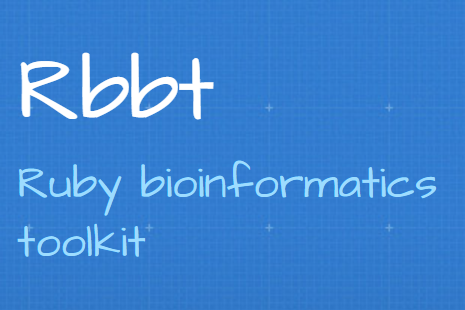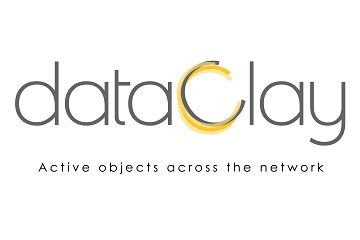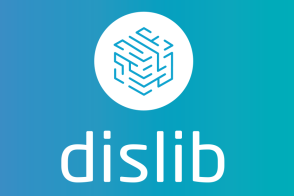SOFTWARE & HARDWARE
Licensable technology created by BSC
Cargo is an open-source transfer service that manages data movements between PFS and adhocFS. It is a HPC data staging service that runs alongside applications helping them to transfer data in parallel between local and shared storage tiers.
Set of functionalities to determine the state of the cellular signaling network from genomic, transcriptomic and proteomic data. It uses its own methods as well as third-party tools: Paradigm and Viper.
BSD 3-Clause License
The current technology is an accelerated version of the purely software implementation of the post-quantum security algorithm named Classic McEliece. It is a hardware/software co-design acceleration.
CC BY License (Version 4.0)
This shiny webpage presents Climate Impact Drivers (CIDs) over Europe, that have been prepared within the European Climate Risk Assessment (EUCRA) report, Chapter 2: Europe in times of change and extremes, which has been published in March 2024.
GPL License (Version 3.0)
Functionalities for the study of drug response curves with emphasis on the study of synergies. Contains functionalities to compose complete analysis flows for drug pair effects studies.
COMP Superscalar (COMPSs) is a framework which aims to ease the development and execution of parallel applications for distributed infrastructures, such as Clusters, Clouds and containerized platforms.
COVID-19 Flow_Board is an integrated dashboard for visualising map-based representation of the mobility networks at different scales of spatial resolution. This analysis tool basic data analytics on population mobility.
Crossmapper is an automated bioinformatics pipeline for asessing the rate of read crossmapping when two or more organisms are sequenced as one sample. The software can be used for planning such kind of experimental setups as dual- or multiple RNA-seq (mainly for host-pathogen, symbiont and cohabitant interaction studies), metagenomics studies, sequencing and analysis of hybrid species, allele-specific expression studies, and can be extended for the use in large sequencing facilities for resource optimization.
GPL License (Version 3.0)
Both the software and its products are suitable for commercialization to end-users from several sectors that evaluate climate forecasts or impact models. For instance, the result of the assessment of indicators tailored for the agriculture sector can be summarized with a scorecard. This tool becomes especially relevant when several versions of the product delivered in a service need to be evaluated or compared.
GPL License (Version 3.0)
BSD License (Version 2.0)
The technology is a deep generative model for synthetic data generation. The model is a VAE (Variational AutoEncoder) equipped with two algorithms for explainability, XGBoost (Extreme Gradient Boosting) and SHAP (SHapley Additive exPlanations).
A full definition for Weibull tails and Full-Tails Gamma and tools for fitting these distributions to empirical tails.




















